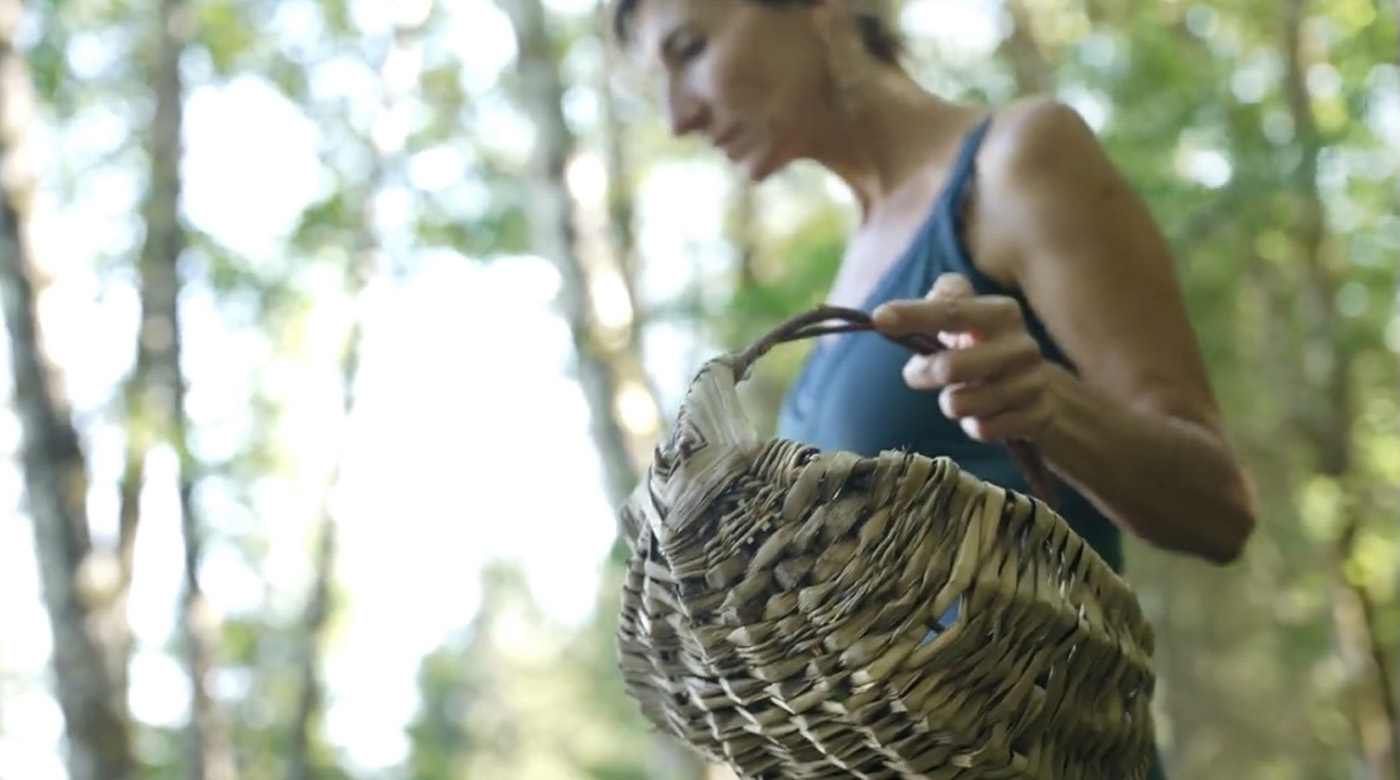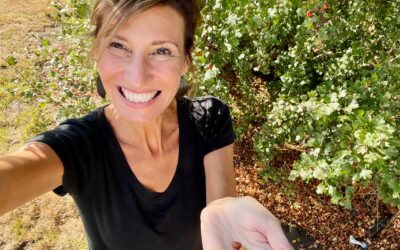The Joy of Wild Foods
By now most of you know that I love to forage. So much so that I wrote a book about it, The Forager’s Guide to Wild Foods: Edible Plants, Lichens, Mushrooms and Seaweeds. What brings me even more delight is hearing from folks like you who have also discovered the joy of foraging in their own lives. There’s nothing more satisfying than living off the land as nature intended. Having the knowledge of safe wild foods is invaluable, especially in times of food insecurity. It is an education that I highly recommend! Below I cover a few basics of what to keep in mind while foraging, as well as several of my favorite wild foods and recipes. Enjoy!
Foraging Basics
As I wrote in Discover the Joy of Wild Foods, Foraging, and DIY Spore Prints, it’s crucial that before consuming any wild food, you need to be absolutely certain it is not poisonous — especially with mushrooms. I strongly recommend you find an experienced mentor when first starting out. A good field guide is also necessary. It’s always wise to learn about dangerous species before heading out as well. Remember that respectful harvesting is important. Only collect what you need and, whenever possible, do not uproot the entire plant if leaves or flowers are all that you need. You can also grow wild edibles in your home garden to avoid over harvesting in the forest. Have a look at the article above for details on how to make spore prints to identify mushrooms and to learn about three common backyard wild foods.
A Sampling of My Favorite Wild Edibles + Recipes
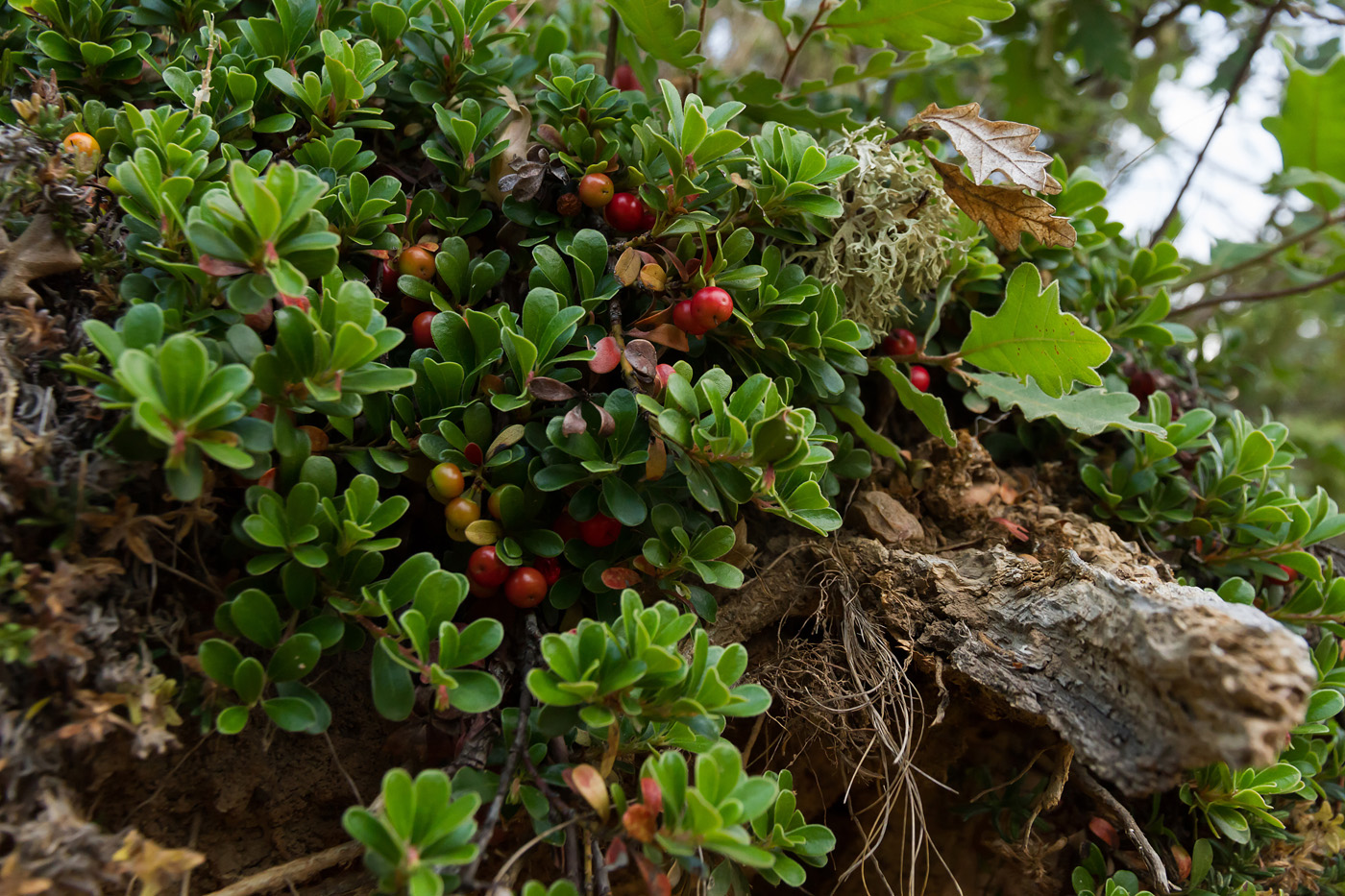
Bearberry — Also known as uva ursi or kinnikinnik, this small shrub carpets the ground in lush foliage. The woody stems grow up to 6 feet (1.8m) long and 8 inches (20cm) high. It thrives in rocky and sandy areas, such as river edges, slopes, and hillsides. As its name implies, round ruby-red berries appear in late summer that grow up to 0.5 inch (1cm) wide. Berries ripen in the late summer and fall. Cook or dehydrate for the best flavor and texture. The berries make an excellent jam or they can be used as a seasoning for meat. The fruit and leaves (usually as a tea) of the plant are edible. Bearberry has diuretic, astringent, and antiseptic properties. The leaves are used to help treat bladder and kidney infections.
Bearberry Popcorn. Wash the berries and remove stems. Coat a heavy skillet with oil and heat over a low fire. Add the berries and shake to avoid burning. Remove from heat once the berries are hot and crispy. For added flavor, toss with a bit of cinnamon.
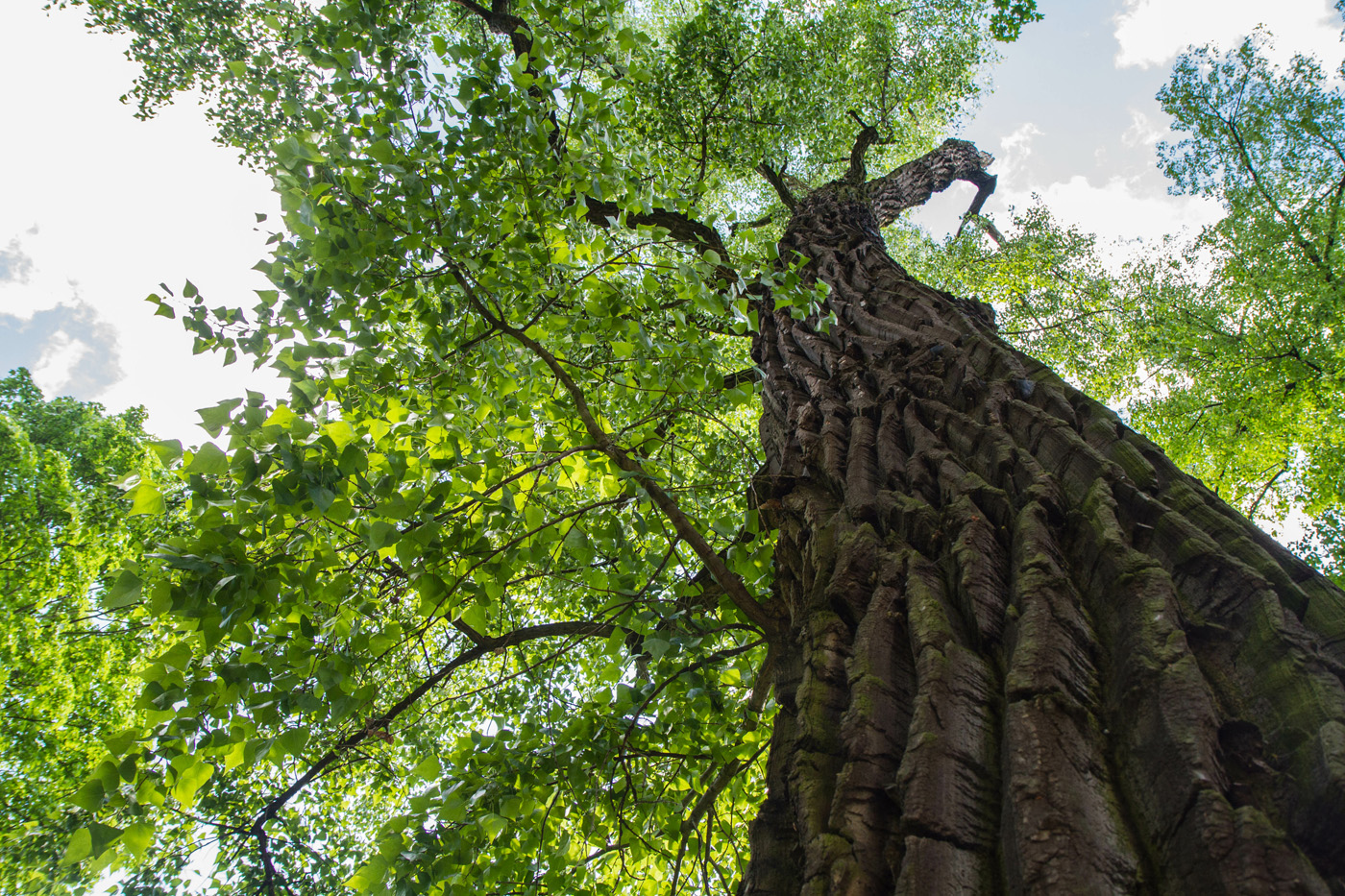
Eastern Cottonwood — Growing to 90 ft. (58m) tall with a diameter of 6 ft. (1.2m), this fast-growing deciduous tree has dark, furrowed bark with flat ridges. You can find them growing abundantly along rivers, in swamps, and bottomland forests. The leaves are broadly triangular or heart-shaped with coarse toothed edges and can measure up to 6 inches (15cm) long and 4-5 inches (10-13cm) wide. The inner bark, young leaf shoots, leaves, catkins, and sap are edible. Eastern cottonwood is anti-inflammatory, anodyne, and febrifuge. The bark and buds are high in salicin, which breaks down into salicylic acid (aspirin) in the body. It is also rich in vitamin-C and can be harvested in the springtime. Here’s how. Cut off a patch of the outer bark and peel off the cambium layer. It can then be dried and ground into flour, used as a soup thickener, or cut into strips and boiled like noodles. The catkins and leaf shoots that emerge in springtime can be eaten raw or cooked. High in protein, the leaves are edible but are bitter. Boiling and changing the water once or twice helps to reduce bitterness. The tree can be tapped in late winter to collect the sap, which can be consumed raw or boiled into syrup.
Pasta with Braised Cottonwood Catkins. Ingredients: 12 oz. (340g) spaghetti, 6 slices bacon, 2 onions (chopped), 1 garlic clove (minced), 2 cups catkins, salt, pepper, 1 1⁄2 cups cream, Parmesan cheese.
Fry bacon until crisp. Reserve. Cook onions, garlic, and catkins in bacon fat. Once tender, add cream, salt, pepper. Simmer for 2-3 min. Add bacon and serve the sauce over pasta. Top with grated Parmesan.
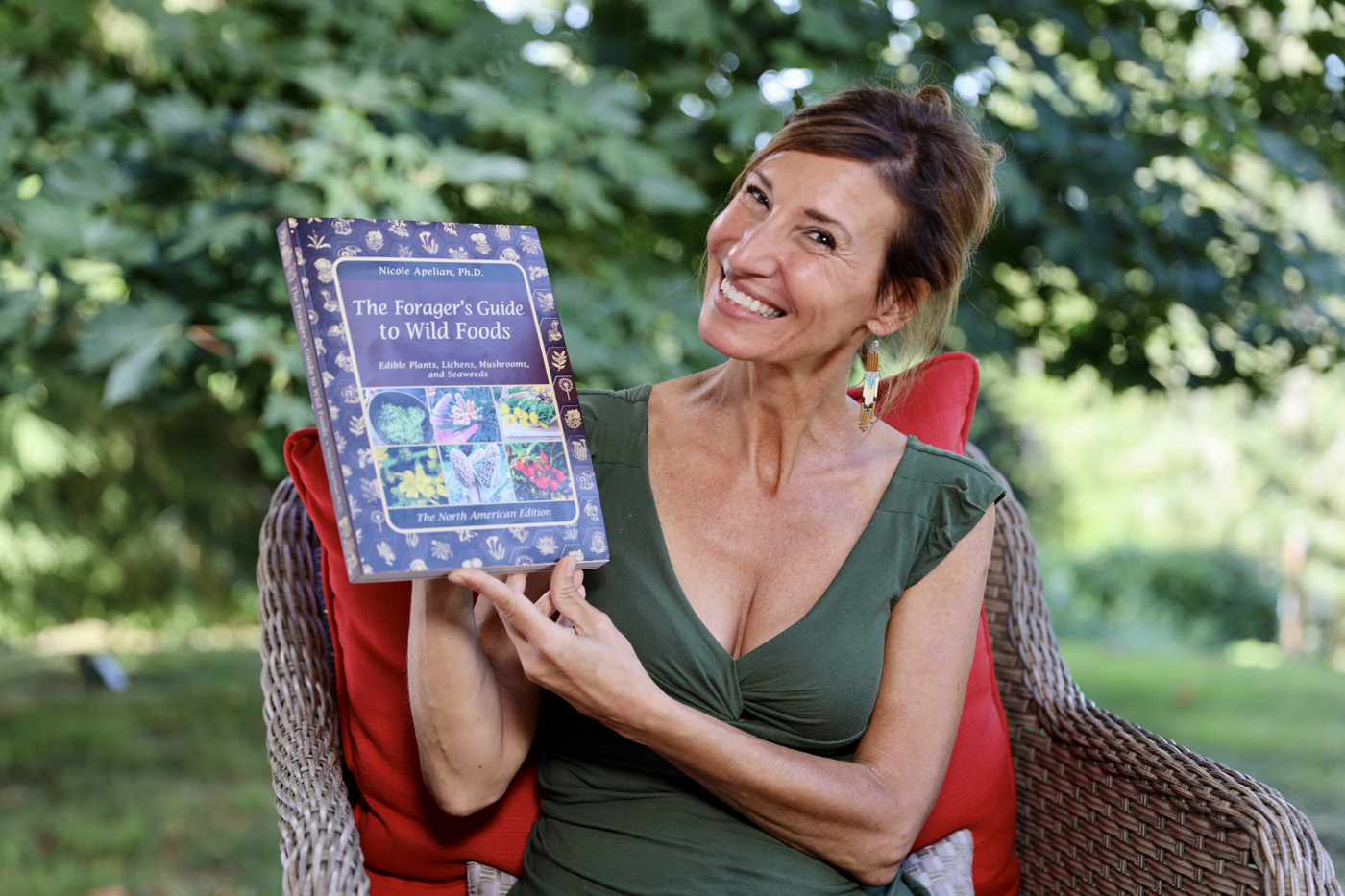
The Ultimate Foraging Guide
Bearberry and Eastern Cottonwood are both included in “The Forager’s Guide to Wild Foods: Edible Plants, Lichens, Mushrooms and Seaweeds,” along with over 400 wild foods. Each entry has an introduction, a range map, edible uses, common medicinal uses, poisonous lookalikes, a description of the flowers and leaves for ID, excellent color photos, harvesting instructions, and a simple recipe.
In it I also show you plants that are better to forage during the winter, like rosehips. These ruby-colored berries are much more delicious after the first frost, when they become creamy and sweet. Or learn about a common weed that saved large communities from starvation and malnutrition during the Great Depression. You’ll also discover a backyard plant that you can pop, just like popcorn. It has a wonderfully nutty flavor, plus it’s gluten free!
These are only a few examples of what you’ll find within its pages.
In closing, I would like to share with you a wonderful testimonial I recently received. It brings me tremendous joy to know people are using and enjoying my book. Wishing you all many happy days of abundant foraging!
“Because my wife and I have just begun foraging in the mountains of North Georgia, I gifted my wife your foraging guide. It’s got to be the best guide to wild plants and mushrooms I’ve ever seen. It’s so user friendly.”
– John and Stacy Seikel Thomas M.D., Georgia.
Nicole Apelian

